Peppa Pig. Love her or hate her, you’ve got to admit she’s right about one thing: muddy puddles. The playful little porker can’t get enough of splashing around in the sludge. And perhaps we should take a leaf out of her book.
While it’s easy enough to get kids outdoors when it’s warm and sunny, a hint of grey cloud can send them scurrying back to their screens in no time.
But there’s actually a lot to be said for getting kids outside in all weathers. And the earlier you can get them used to braving the elements, the better.
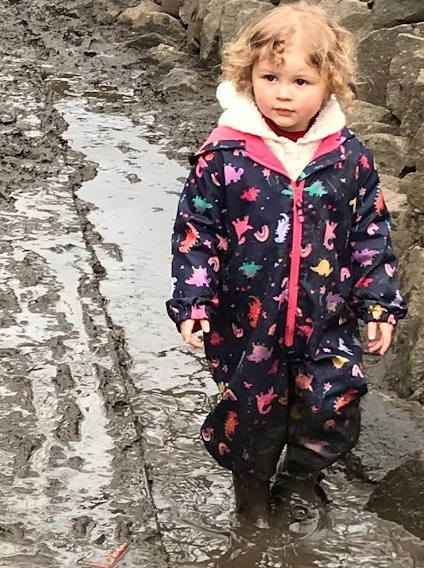
Here are some reasons why you should.
Max out the motor skills
Adverse weather conditions make children work harder and move in different ways, developing their motor skills more than if they only ventured out in fine weather.
It takes more effort to maintain balance on slippery surfaces, and children need to concentrate more. Likewise in gusty winds.
They’ll also need to be more aware of their surroundings and think critically. The next time your kid’s about to splash through a murky puddle, just watch how they adopt a more balanced posture and tread more carefully.
Stimulate the senses
Sure, a bright sunny day looks and feels great. But a wet and windy autumn day can delight the senses just as much. Unruly weather opens up a whole new world of sensory experiences, from the poppety-pop of raindrops on leaves, to the earthy smell of rain on dry ground. We’re lucky enough to live near a canal, which we often go walking along. The patterns of the raindrops on the water really are lovely.
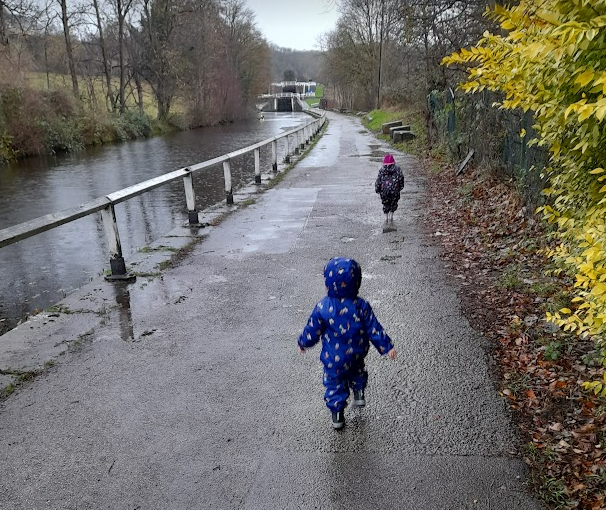
The sheer fun of it
It’s well known among teachers that a windy playtime spells disaster for the following lesson. The sheer thrill of the wind whipping their hair around and swirling the leaves into little tornadoes sends the kids into giddy disarray.
And for my kids, nothing beats the simple pleasure of dashing along the canal path trying to find the biggest puddles to splash in.
Except of course when it snows and we can build igloos.
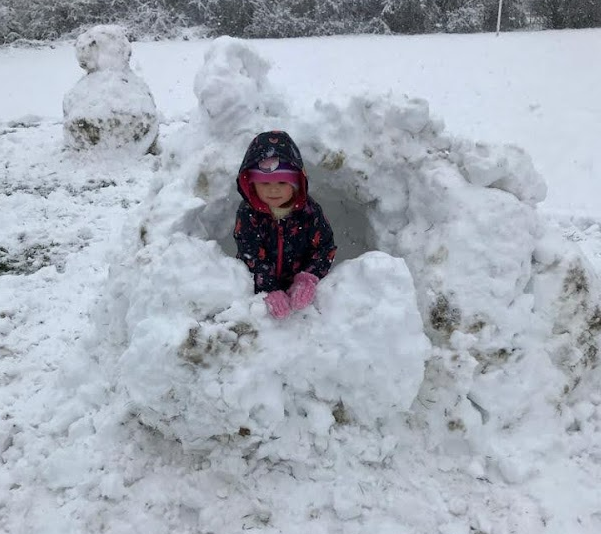
Sure, being out on a sunny day is awesome, but cold, wet and wild weather can be just as exciting.
Health benefits
Getting kids out and about is difficult in those cold, dark months, but keeping them active is crucial to their healthy development. The earlier the habits of physical of activity are formed, the more likely it is that kids will continue to lead an active lifestyle later down the line.
By taking kids out in the rain and cold, we’re showing them that the weather doesn’t need to be a barrier to exercise and fun.
Also, kids need to keep getting their fill of Vitamin D, which they receive from sunlight (even weak sunlight). If they stay cooped up for most of the year, they could be at risk of deficiencies.
Ramp up their responsibility
Going out in wild weather requires a bit of preparation, and this provided opportunities to get children involved. You can discuss with kids what they’ll need to wear and bring with them to keep warm and safe.
Whilst you’re out and about, you can involve them in decisions about whether or not something is safe.
We also have a little routine for when we get back home after being out in the rain, where the kids know where to take their wellies and splash suits off so they don’t get mud everywhere, and then they can put them somewhere to dry.
It all helps to develop their independence.
Always use common sense when it comes to wet and windy adventures. Always make sure kids have sturdy footwear, enough layers to keep warm and some waterproofs (splash suits are great for younger ones). Take spare clothes (especially socks) if it’s a long trip.
And of course, if the weather is extreme to the point of danger, then there’s nothing wrong with curling up on the sofa for a few episodes of Peppa Pig.

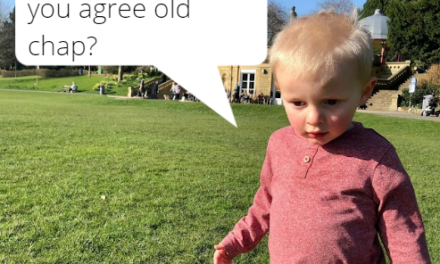

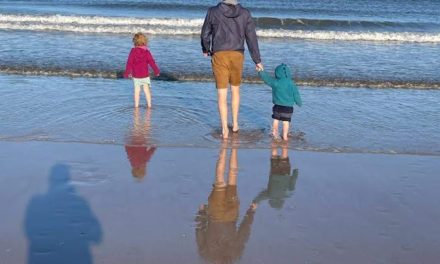
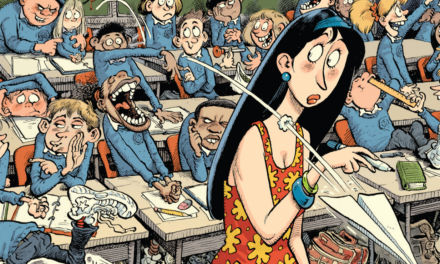
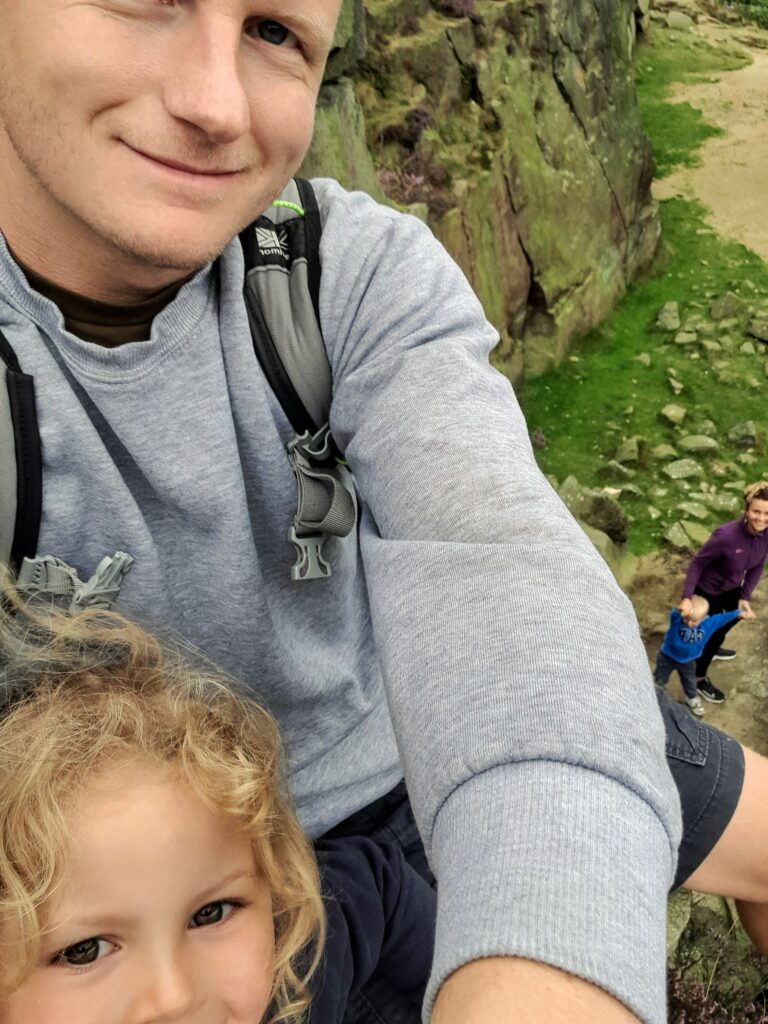
Recent Comments